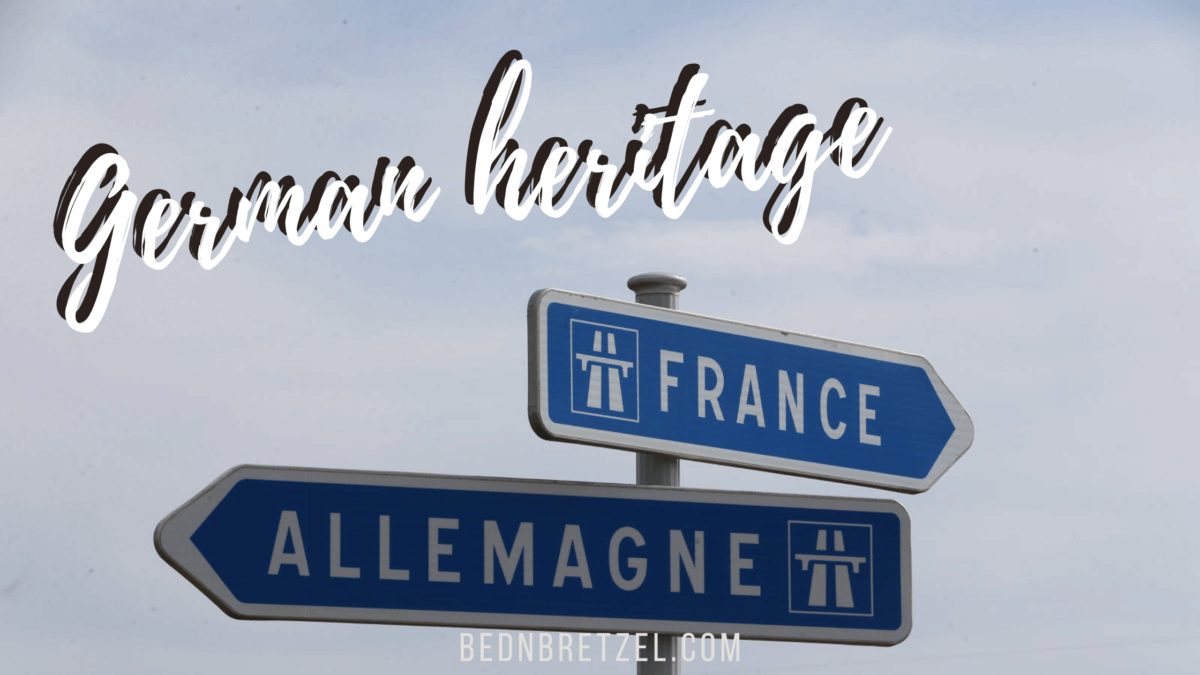A Journey Through Time: Visiting Alsace’s Memorial Sites
- February 27, 2023
- To Know
Alsace is a region that has been marked by several historical events, including both World War I and World War II. As... Read More

Alsace, a region of France with a rich cultural heritage shaped by its unique position between France and Germany. For centuries, Alsace was part of the German-speaking Holy Roman Empire, and the region’s cultural identity was shaped by this affiliation. Today, visitors to Alsace can still see many elements of German culture throughout the region, including the language, food, and architecture.
One of the most striking examples of Alsace’s German heritage is the architecture. Many of the region’s towns and villages feature traditional half-timbered houses with steeply pitched roofs, which are reminiscent of the buildings found in German towns and cities. These charming buildings are a testament to the region’s long history and the influence of both French and German architectural styles.
Another important aspect of Alsace’s German heritage is the food. Many of the region’s traditional dishes are a fusion of French and German cuisine, and the use of pork and sauerkraut is particularly prevalent. One of the most famous dishes is choucroute, a hearty dish made with sauerkraut, pork, and sausages. Flammekueche, a thin, crispy flatbread topped with onions, bacon, and crème fraîche, is another popular dish that reflects the region’s German heritage.
Alsace is also known for its Christmas markets, which are a beloved tradition in the region. These markets are reminiscent of the German Christkindlmarkts and feature festive decorations, twinkling lights, and plenty of delicious food and drink. Visitors can browse stalls selling handmade crafts, toys, and Christmas decorations while sipping on mulled wine and sampling local treats like bredele, small spiced biscuits that are a traditional Christmas treat in Alsace.
Finally, the German language is still spoken in many parts of Alsace, particularly in the northern areas near the border with Germany. This dialect, known as Alsatian or Alemannic, is a Germanic language that has been heavily influenced by French over the centuries. Alsatian has its own unique vocabulary, grammar, and pronunciation. It is closely related to the Swiss German dialects spoken in neighboring Switzerland and shares many similarities with other Alemannic dialects spoken in Germany and Austria. While Alsatian is still spoken by many people in Alsace, it is unfortunately becoming less common, especially with the younger generations.
The Alsace-Moselle region of France has a unique legal system which dates back to the region’s annexation by Germany in 1871. This system combines elements of French and German law, and it remains in place today, even though the region has been part of France since the end of World War I.
The region has its own social security system, which provides more extensive coverage than the national system in France, similar to the German system.
In addition to the national bank holidays celebrated throughout France, Alsace-Moselle has several additional bank holidays that are specific to the region.
In France, secularism, the separation of church and state, is a fundamental principle that has been enshrined in the country’s laws and constitution for over a century (1905). However this law was established when Alsace was under the German government . Religion is taught in schools for example, when the rest of France it’s not.